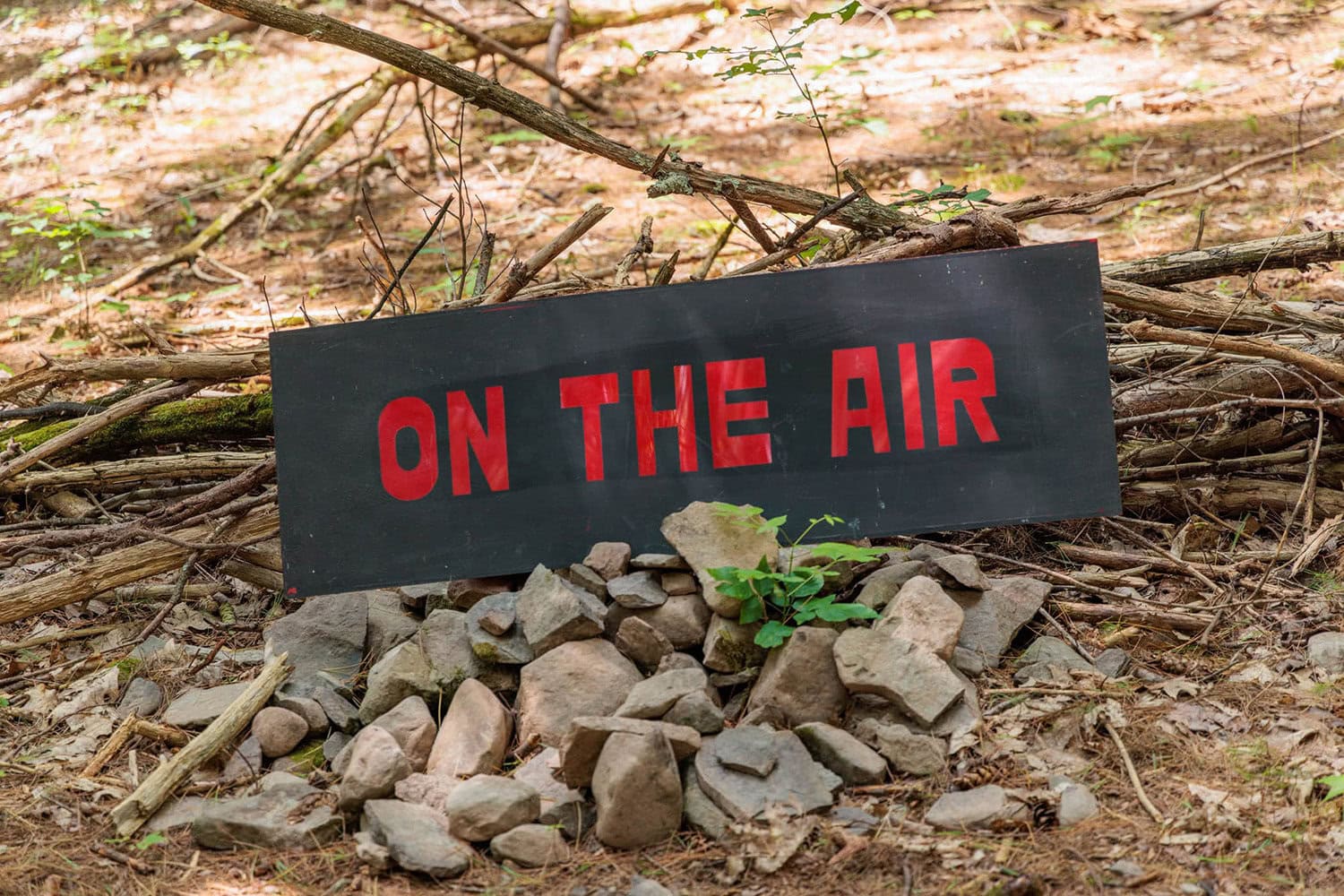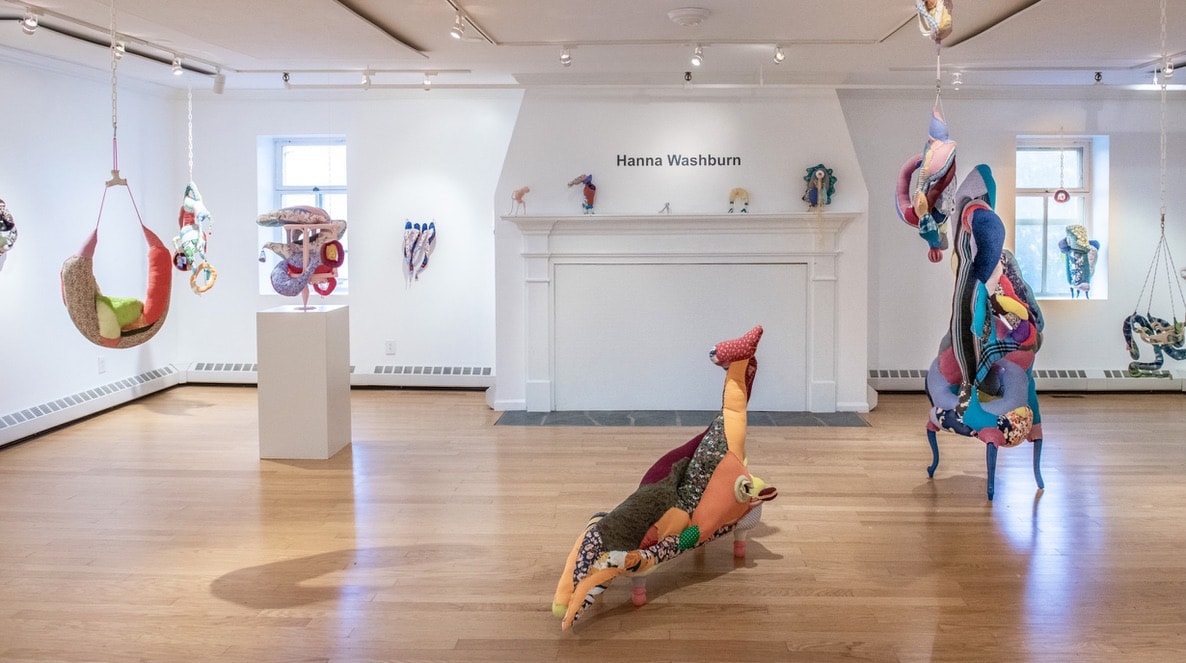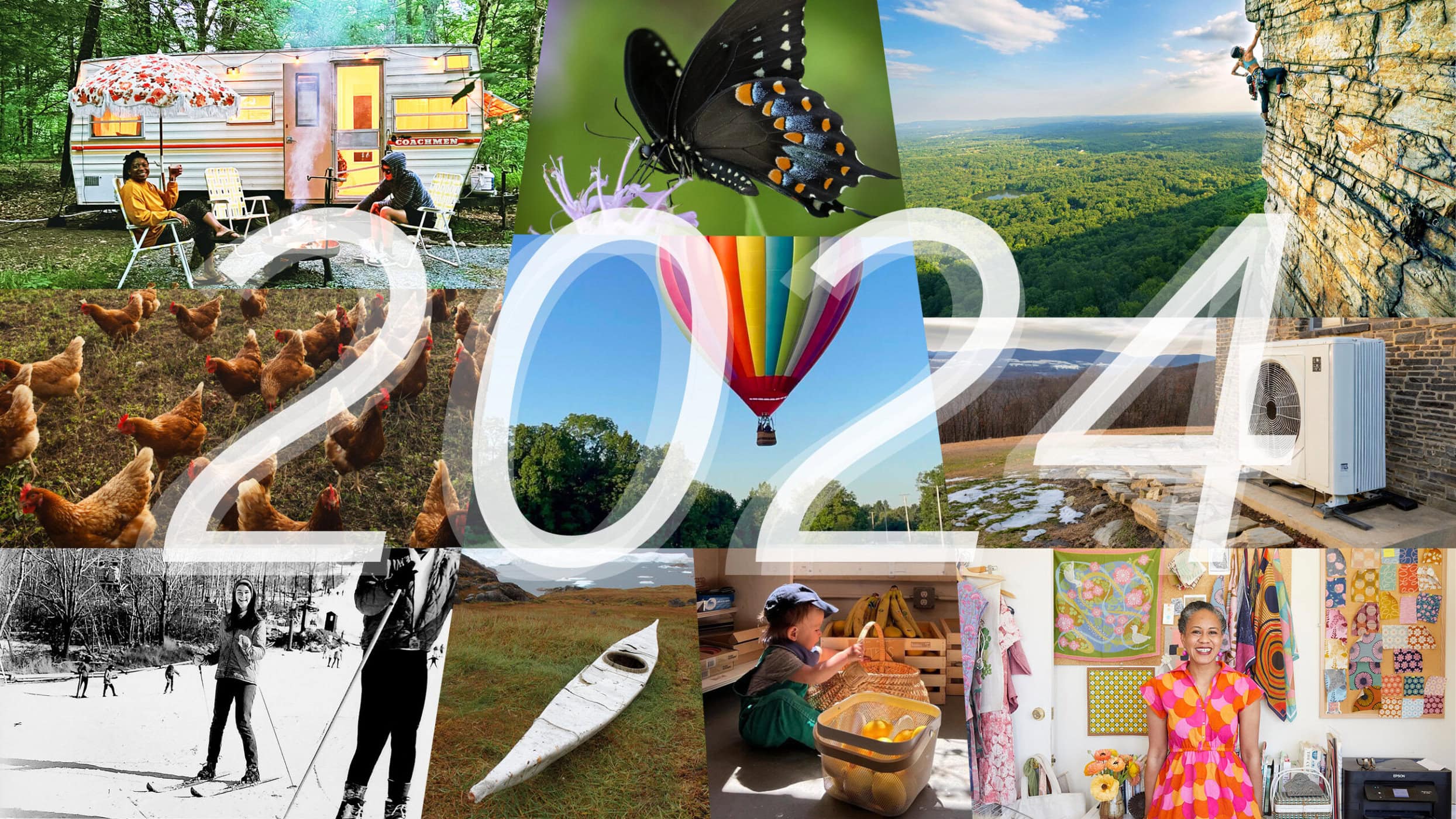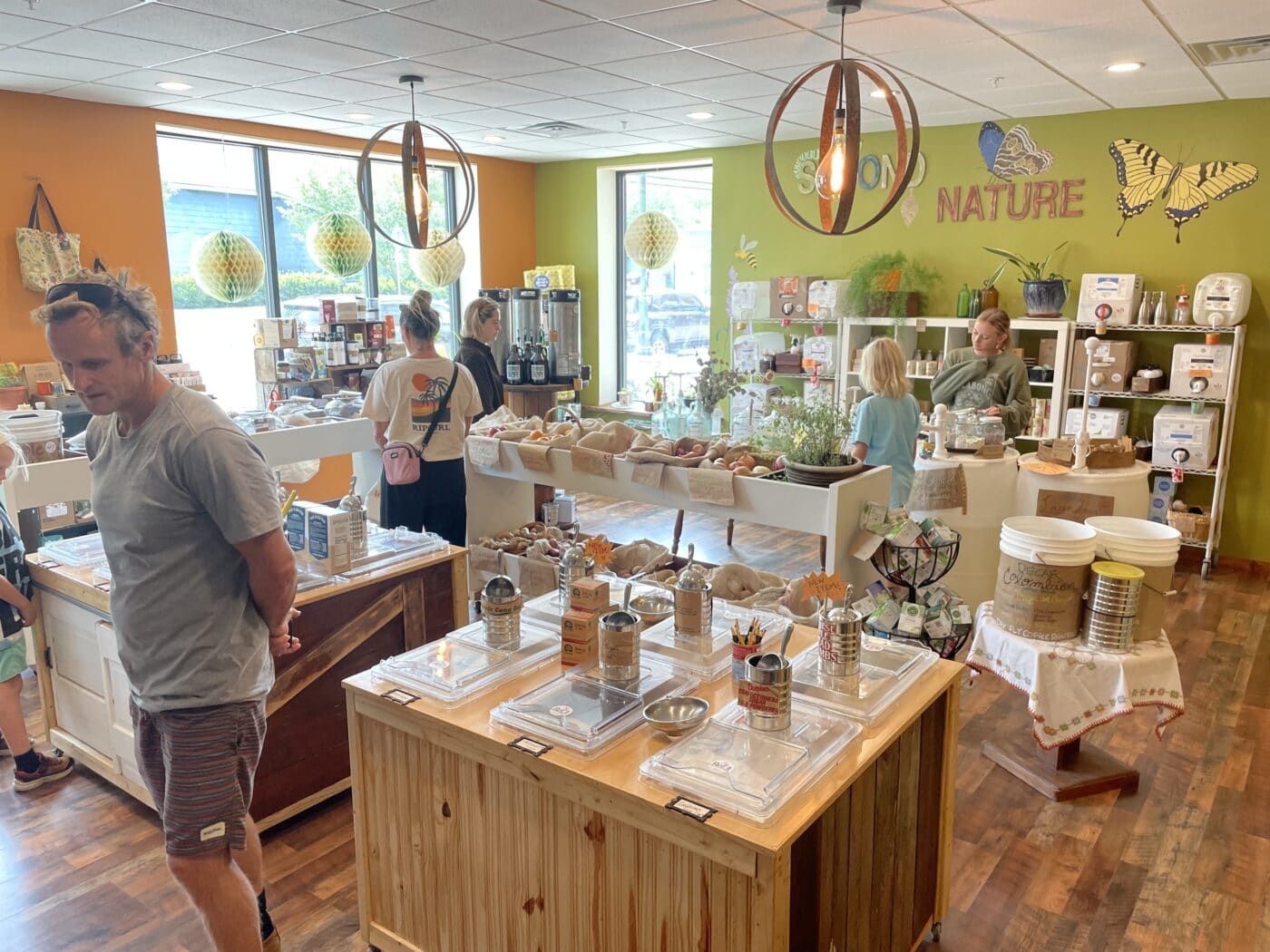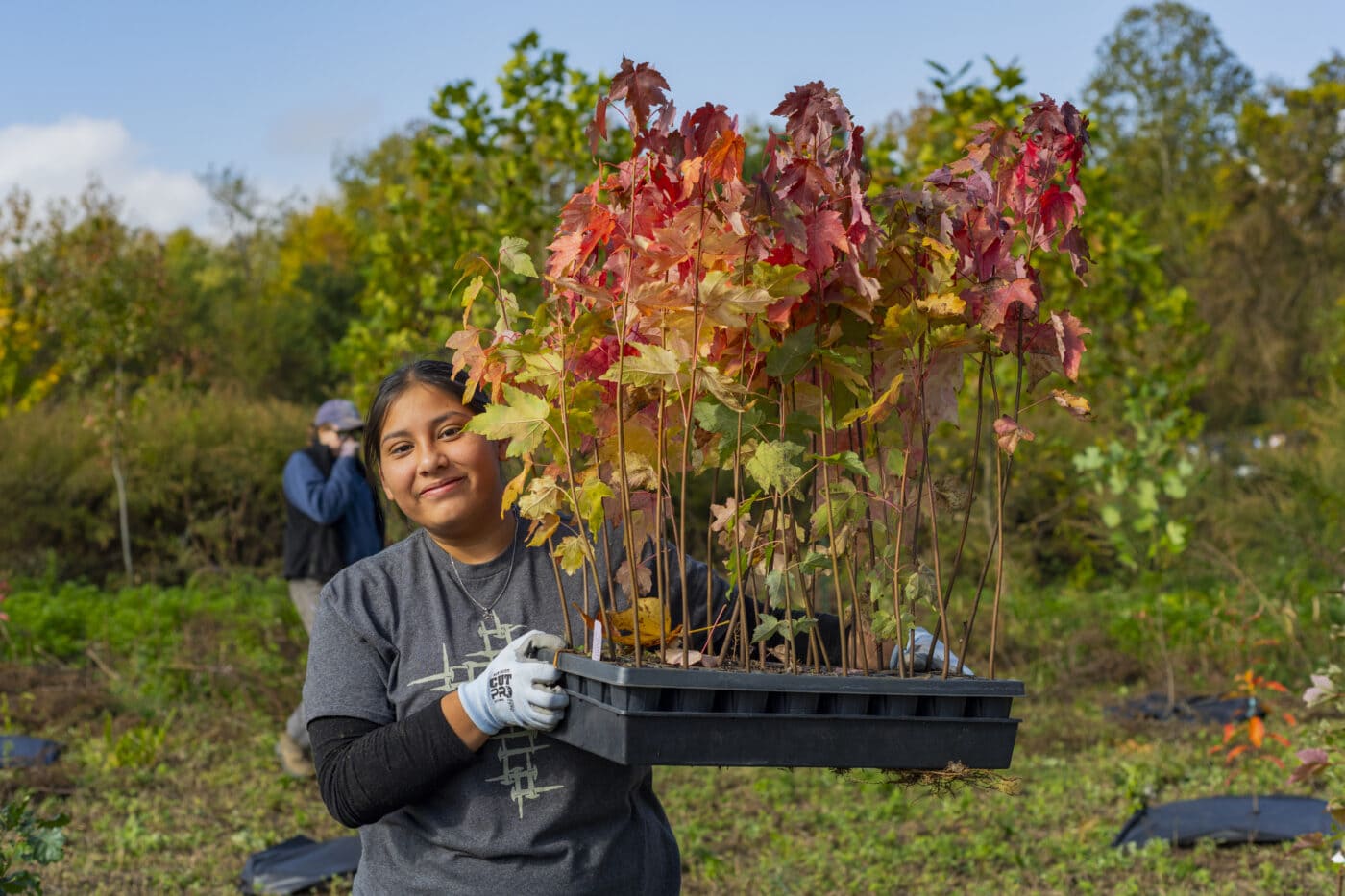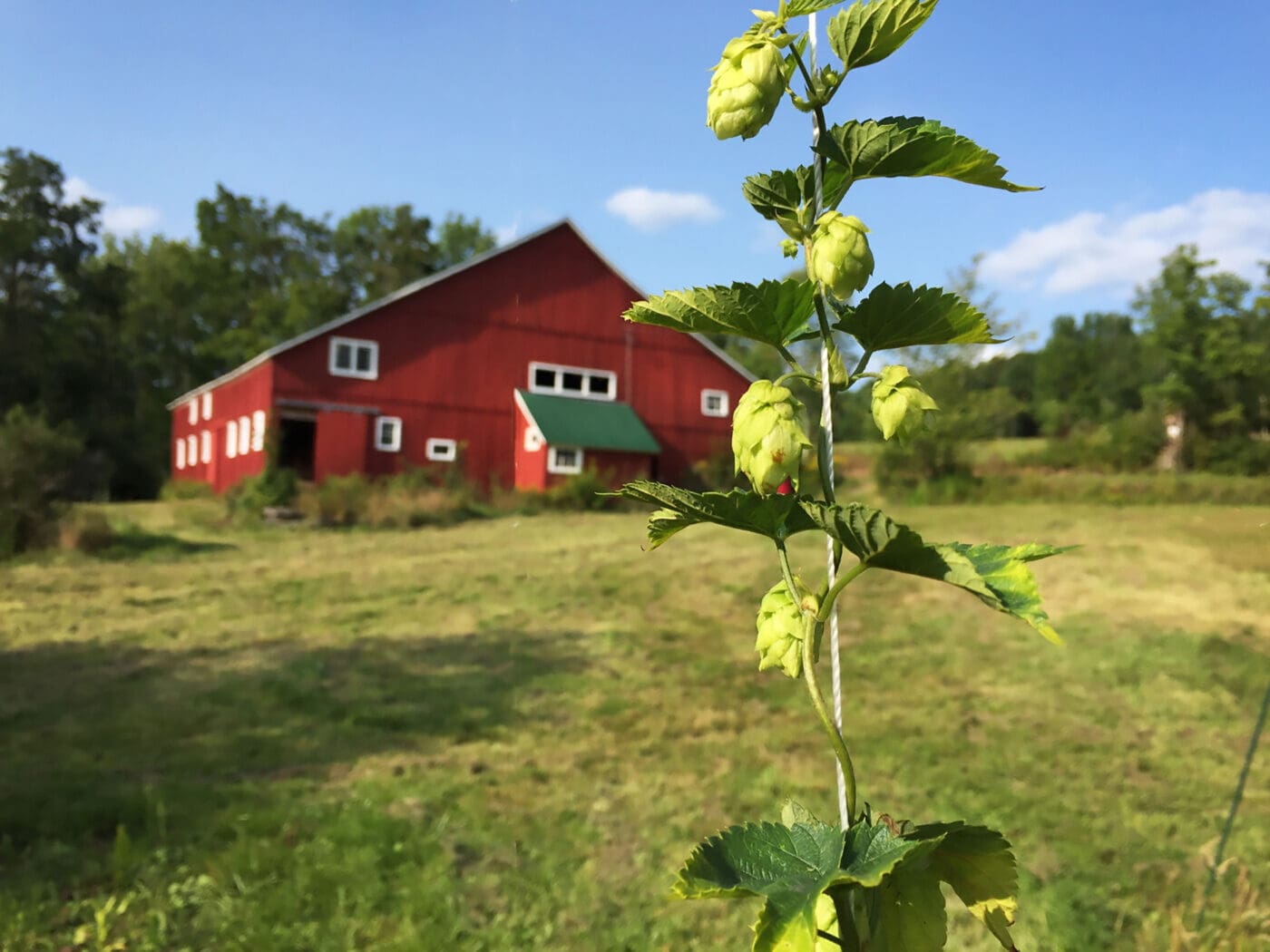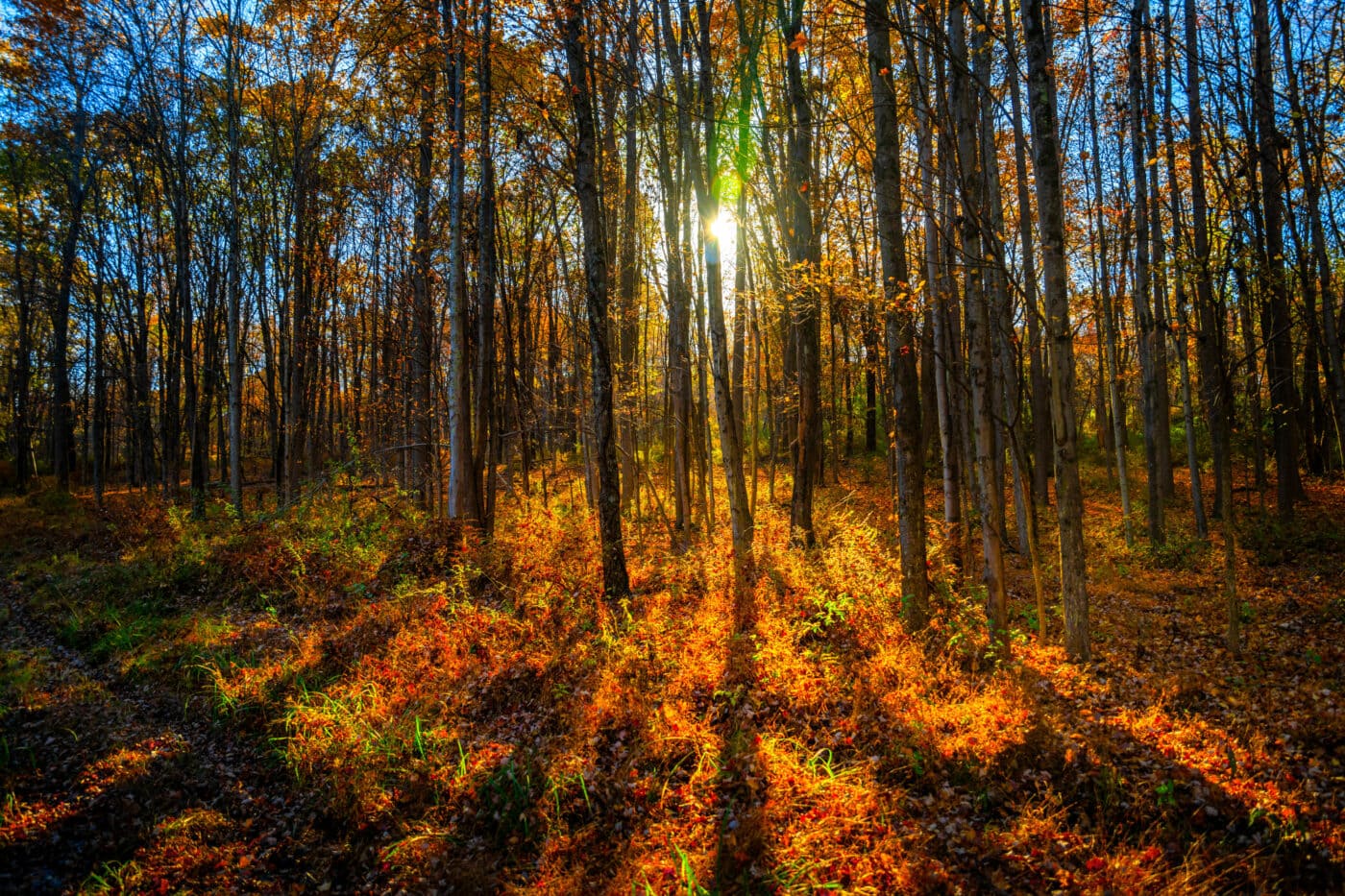Hiking and exploring forests are all in a day’s work for environmental artist Kathleen Vance. She visits the trees regularly to learn about their conditions, which in turn inspires her art. “I look for the growth patterns in trees which visually represent the qualities of the forest,” she says. “I seek out the similarity, difference, or variances in the cast-off branches and sticks collected from the forest floor. I like to experience the rich variety of age and maturity of the forests in the Hudson Valley. There is so much biological history to the area, which can also be found in fossilized trees.”
One of her upcoming projects references local forest sites in Kingston, along with green spaces like Sojourner Truth State Park.
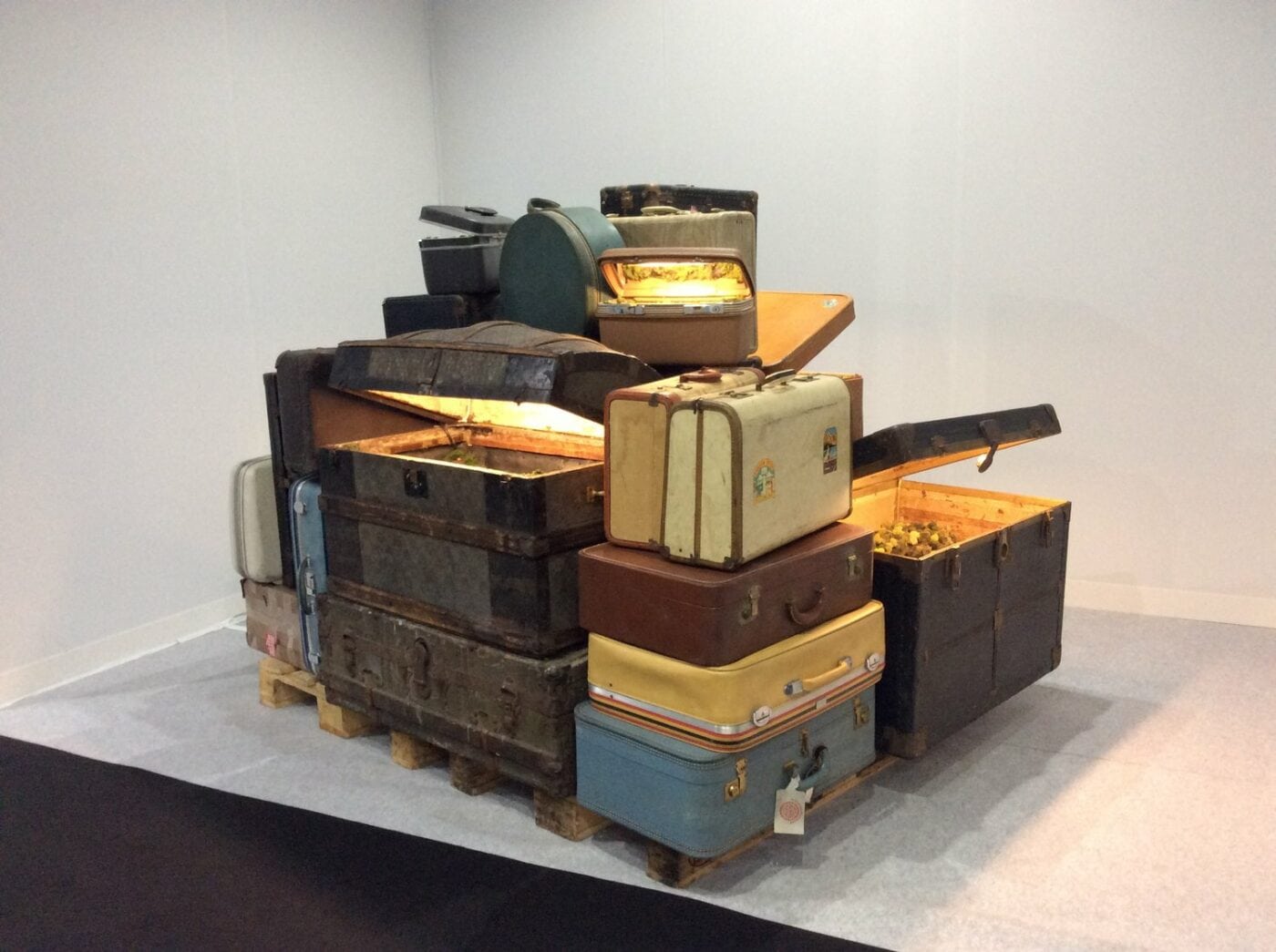
Vance is a Brooklyn-based environmental artist whose work has been exhibited at institutions that include the Brandywine River Museum, The Orlando Museum of Art, The Bruce Museum, and more. In the Hudson Valley, her work has been included in exhibitions at Art Port in Kingston, the Holland Tunnel Gallery in Newburgh, the Albany Centre Gallery in Albany, and the Front Room Gallery (where she is director and curator), among others.
In December 2023, Vance unveiled “Traveling Landscapes – Rondout Creek and Hudson River” at Ulster County ReStore, which is an addition to her long-running series “Traveling Landscapes.” The sculptural installation featured vintage suitcases sourced from the Ulster County Habitat for Humanity ReStore, with miniature waterscapes that referenced a particular section of the Rondout Creek.
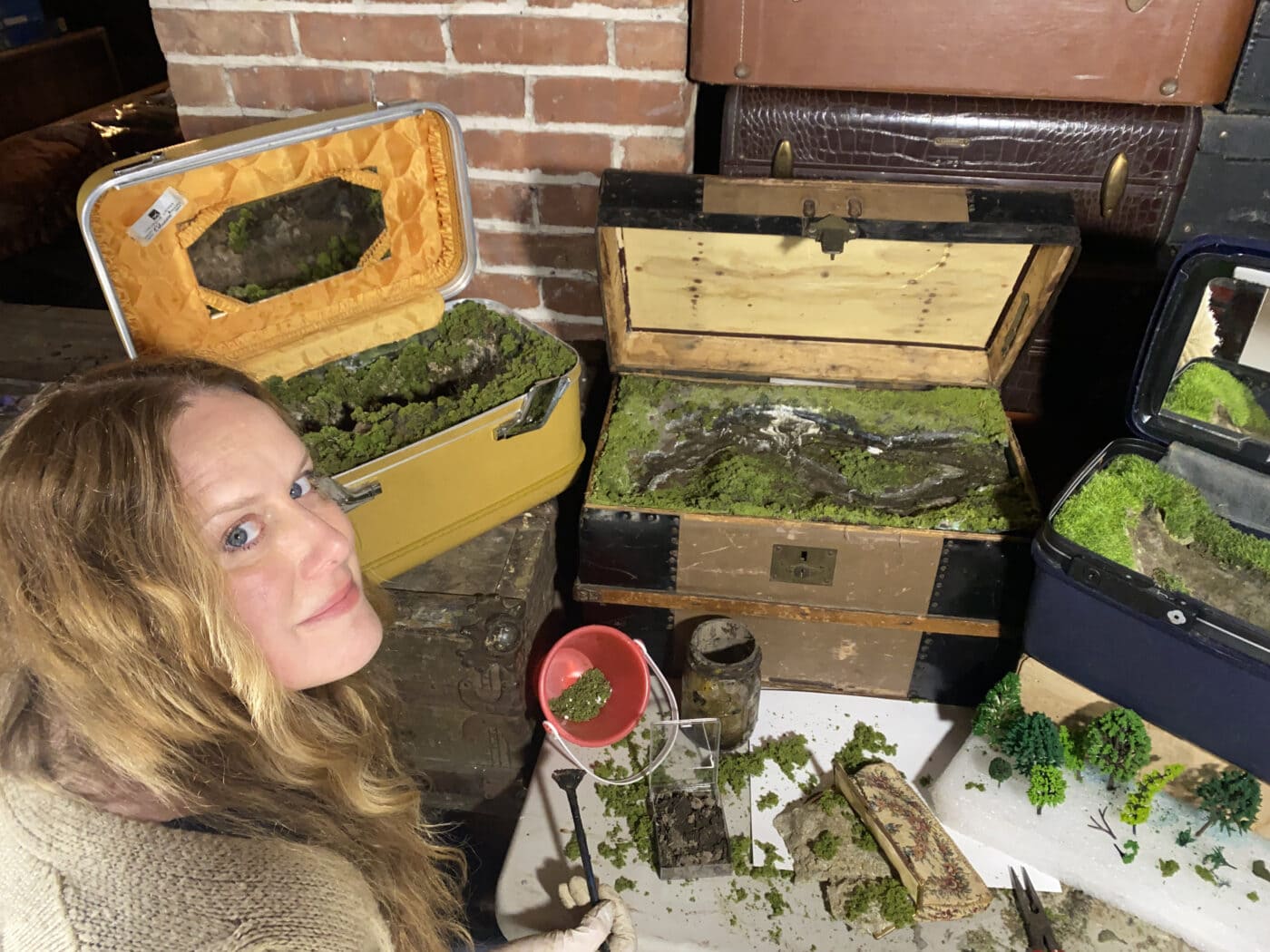
For this project, Vance focused on sites along the Rondout Creek, from the Upper Reservoir to Kingston Point (where it converges with the Hudson River). This installation was the first in her series to reference a specific location, she says, “with an idea to show a continuous, yet disjointed representation of an active waterway.”
Her research process entailed poring through historic maps of the region, nautical charts, and aerial views of current waterways. “The initial layout for this sculptural series included preparatory drawings that followed the shoreline and topographical indicators,” she says. “Because the concept of these works involved the idea of land ownership, and the artificial man-made boundaries of territories that can control waterways, I focused on how the water path could be segmented and contained within specific cases.”
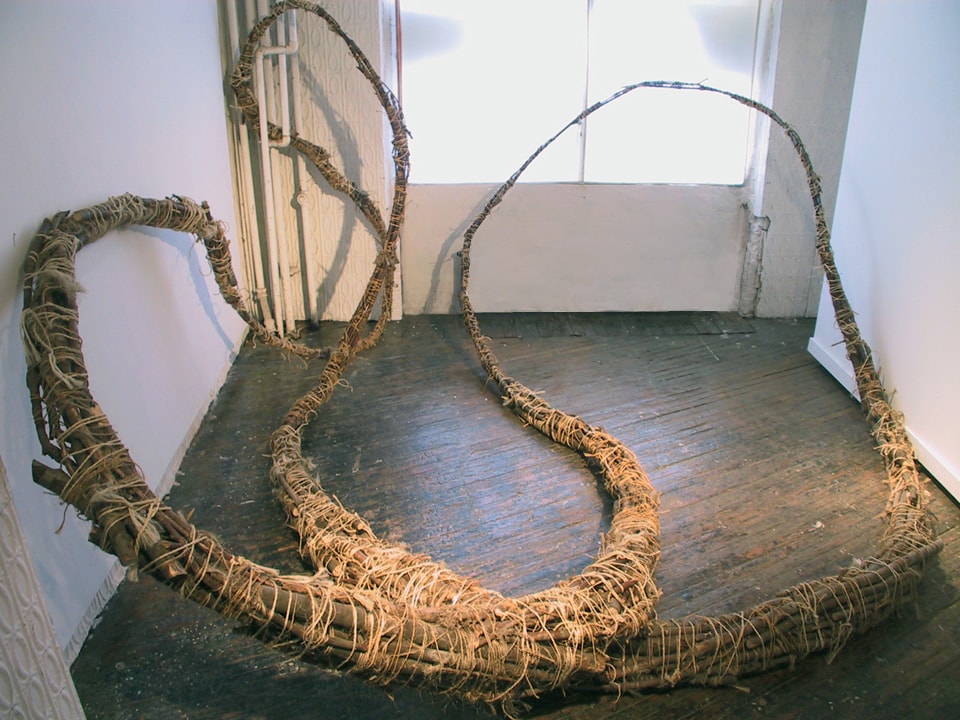
The installation also included soil collected from selected sites along the Rondout Creek and the Hudson River. Certain areas have different tones, such as more reds, and textures ranged from loamy to clay-based to silty qualities. The artist says the addition of the soil is meant to “capture the essence of the site and show soil variation along the path of the creek. I identified specific topographical features and the contours of the variations in the perimeter of the waterways, in which to focus on in the sculpting of each location. Each component is created to replicate the flow of the water and engineered to have a real physical flow of water.”
One of the most striking and interesting ways of observing Vance’s “Traveling Landscapes” series is through the differences in cases she uses. They are of different styles, colors, and sizes. For the Rondout Creek and Hudson River iteration, she says, “the selection of the cases for this project also involved a lot of scrutiny as to the details, the age, structure, and style of the cases, in order for them to have the ideal look that felt ‘timeless.'”

Vance chose the section of the Rondout Creek’s Upper Reservoir to be encapsulated in its own case “because that was the origin site for which I was referencing as the starting point of the sculptural water path,” she says. “This section is contained in an antique footlocker case that I paired with a similar case of the same style and dimensions to hold the confluence of the Rondout and the Hudson River. Additional sites included the West Stand and Island Dock areas, and additional access points along the waterways, each in separate vintage cases.”
Another project Vance is known for is “River Installations.” At ArtPort Kingston, she participated in “Follow The Line” (2021) with an installation of a long meandering stream “with flowing water that is inspired by local groundwater streams in the area.”
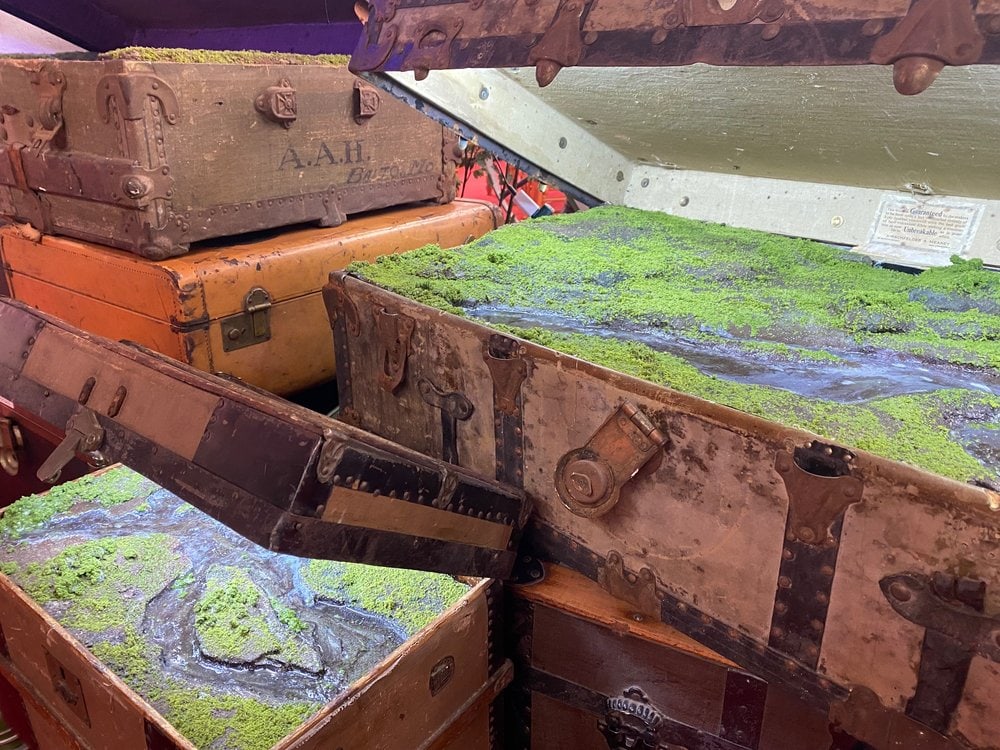
For her pen and ink drawing titled “River Path,” Vance says that the drawings “act as meditative considerations of the path a waterway chooses to take..I still find it extremely fascinating the changes a single stone or stick can impart on the course of a groundwater stream, or the bigger impact snarls of logs and branches can have on larger waterways.”
Writer Mazuba Kapambwe holds a master’s degree in Africana Studies from SUNY-Albany. She fell in love with the Hudson Valley on countless bus rides between the Capital District and her family’s home in Scarsdale, N.Y. Her work has appeared in Conde Nast Traveler, Culture Trip, CNN Travel, and more.




